Preparing for the 2021 Chapter-a-Day Read-along: The Hunchback of Notre Dame
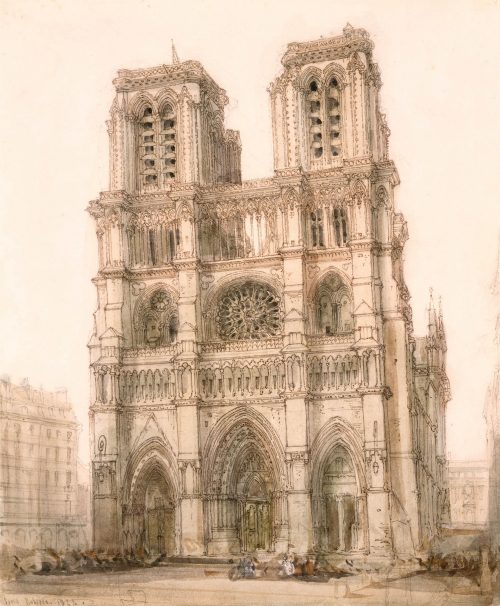 We’re only three days away from beginning Victor Hugo’s The Hunchback of Notre Dame, the next book in this year’s chapter-a-day read-along. Published in French in 1831 and English in 1833, it was originally titled Notre Dame de Paris, referring to the great Notre Dame cathedral. Reading it this year is my tribute to the cathedral, which suffered a devastating fire in April of 2019. As I mentioned in an earlier post, I own an old paperback of the novel that I purchased new about thirty years ago that has been sitting on a bookshelf all these years. It’s a 1964 translation by Walter J. Cobb, but I will be reading the Oxford Classics translation by Alban J. Krailsheimer, which gets very good reviews, though the Cobb translation is also highly regarded, as is a translation by John Sturrock. You can also find Isabel Hapgood’s translation of Notre-Dame de Paris at Project Gutenberg and in audio book form at Librivox.
We’re only three days away from beginning Victor Hugo’s The Hunchback of Notre Dame, the next book in this year’s chapter-a-day read-along. Published in French in 1831 and English in 1833, it was originally titled Notre Dame de Paris, referring to the great Notre Dame cathedral. Reading it this year is my tribute to the cathedral, which suffered a devastating fire in April of 2019. As I mentioned in an earlier post, I own an old paperback of the novel that I purchased new about thirty years ago that has been sitting on a bookshelf all these years. It’s a 1964 translation by Walter J. Cobb, but I will be reading the Oxford Classics translation by Alban J. Krailsheimer, which gets very good reviews, though the Cobb translation is also highly regarded, as is a translation by John Sturrock. You can also find Isabel Hapgood’s translation of Notre-Dame de Paris at Project Gutenberg and in audio book form at Librivox.
What to Know Before Beginning to Read The Hunchback of Notre Dame
The Hunchback of Notre Dame is a work of historical fiction. It was published in 1831, but it tells a story that begins some three hundred and fifty years earlier, in 1482, and centers on the cathedral itself:
The novel’s original French title, Notre-Dame de Paris, indicates that the cathedral itself is the most significant aspect of the novel, both the main setting and the focus of the story’s themes. The building had fallen into disrepair at the time of writing, which was something Hugo felt strongly about. – Wikipedia
The novel is important for introducing several new storytelling approaches that have had a lasting impact on world literature and culture:
Hugo introduced with this work the concept of the novel as Epic Theatre. A giant epic about the history of a whole people, incarnated in the figure of the great cathedral as witness and silent protagonist of that history, and the whole idea of time and life as an ongoing, organic panorama centered on dozens of characters caught in the middle of that history. It is the first novel to have beggars as protagonists.
A significant aspect of Notre Dame de Paris is that it encompasses the whole of life, from the King of France to Paris sewer rats, in a manner later co-opted by Honoré de Balzac, Gustave Flaubert and many others, including Charles Dickens. The enormous popularity of the book in France spurred the nascent historical preservation movement in that country and strongly encouraged Gothic revival architecture. Ultimately it led to major renovations at Notre-Dame in the 19th century led by Eugène Viollet-le-Duc. Much of the cathedral’s present appearance is a result of this renovation. – Wikipedia
The cathedral itself was built between 1163 and 1260 and is the epitome of French gothic architecture, with its flying buttresses, rib vaults, and rose window. Its name, Notre Dame de Paris, literally means Our Lady of Paris which refers to its consecration to the Blessed Virgin Mary.
The Hunchback of Notre Dame is 53 chapters long, and we’ll be reading it all summer, from June 24 to August 21. Follow along on Twitter and/or Facebook by using the hashtag #hunchbackreadalong.

North Rose Window of Notre Dame de Paris














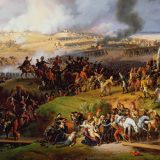






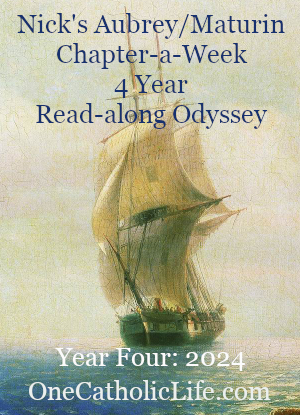


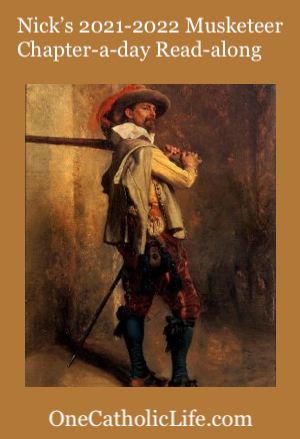


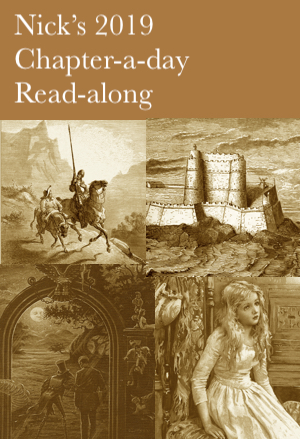




Looking forward to it! I also have the Krailsheimer version. ?
I had a zillion good intentions to join in this readalong Nick, but I’m behind in ALL my reading plans at the moment. Sydney is currently in a soft lockdown for 2 weeks and I may catch up, although I still have to go to work every day, so maybe not. We’ll see. But thinking of you and enjoy seeing your tweets and Rick’s as you go along 🙂